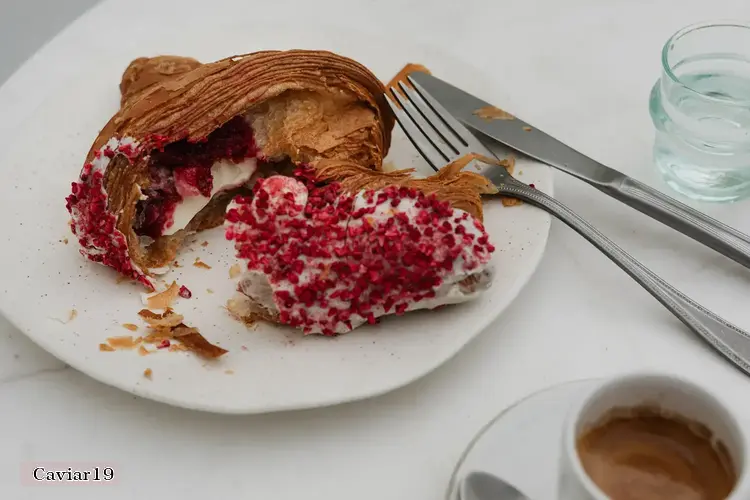

Caviar, the luxurious delicacy derived from the eggs of sturgeon fish, has captivated gourmands for centuries. Its exquisite flavor, rich texture, and nutritional value have made it a culinary icon, synonymous with opulence and indulgence.
Origins and Types
Caviar is primarily harvested from three species of sturgeon: beluga, osetra, and sevruga. These fish are native to the Caspian Sea, Black Sea, and Adriatic Sea. The eggs are carefully extracted from the female sturgeon during the spawning season, typically in the spring.
There are various grades of caviar, each with its unique characteristics:
Flavor and Texture
Caviar's flavor is complex and varies depending on the species and age of the sturgeon. It typically ranges from buttery and nutty to slightly salty and briny. The texture is delicate and creamy, with a slight crunch from the eggs' outer membrane.
Nutritional Value
Caviar is a nutrient-rich food, containing high levels of:
Serving and Pairing
Caviar is traditionally served chilled, on its own or with simple accompaniments such as:
Caviar pairs well with champagne, vodka, or white wine.
Sustainability
Overfishing and habitat loss have threatened sturgeon populations, leading to concerns about the sustainability of caviar production. Sustainable practices, such as controlled harvesting and aquaculture, are being implemented to protect these valuable fish.
Conclusion
Caviar is a culinary treasure that embodies luxury, indulgence, and nutritional value. Its exquisite flavor, delicate texture, and rich history make it a delicacy that continues to captivate gourmands worldwide. By understanding its origins, types, and sustainable practices, we can appreciate and enjoy this culinary icon responsibly.
DISCLAIMER: This information is provided for general informational purposes only, and publication does not constitute an endorsement. Kwick365 does not warrant the accuracy or completeness of any information, text, graphics, links, or other items contained within this content. Kwick365 does not guarantee you will achieve any specific results if you follow any advice herein. It may be advisable for you to consult with a professional such as a lawyer, accountant, or business advisor for advice specific to your situation.
today
Copyright © 2025 KwickEAT.com
Designed by KwickPOS is the best restaurant POS